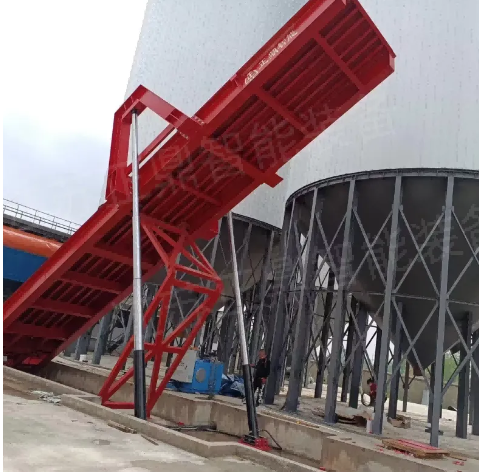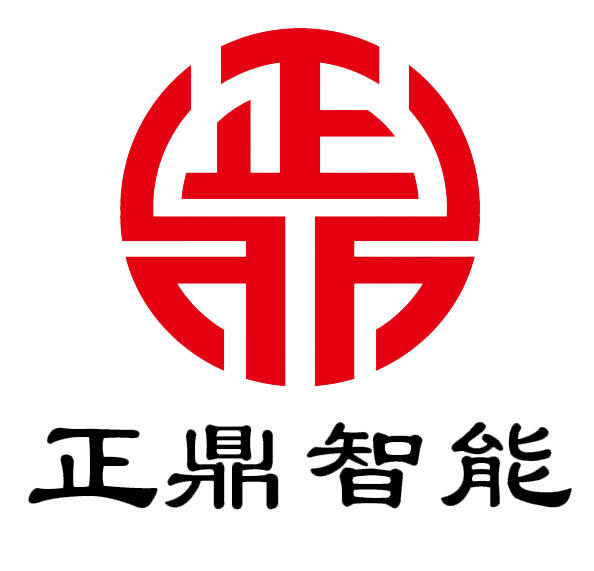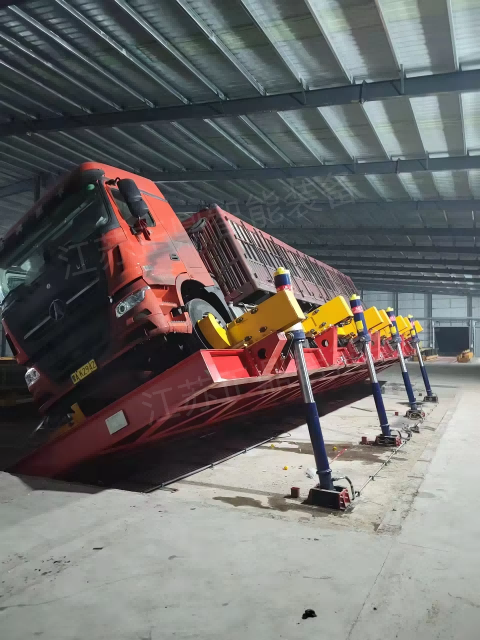Revolutionizing Bulk Material Handling in Modern Logistics
The logistics and material handling industry continues to evolve, seeking more efficient and cost-effective solutions for unloading shipping containers and bulk materials. At the forefront of this evolution stands the container dumper, an innovative technology that challenges traditional forklift-based unloading methods. This comprehensive comparison explores how these two approaches measure up in today's demanding industrial environment, helping businesses make informed decisions about their material handling investments.
Understanding Container Dumper Technology
Core Mechanisms and Operational Principles
A container dumper represents a sophisticated piece of equipment designed to efficiently unload bulk materials from shipping containers. The system typically consists of a sturdy platform that can accommodate standard shipping containers, hydraulic lifting mechanisms, and precise control systems. When a container is positioned on the platform, the container dumper gradually tilts it to a predetermined angle, allowing gravity to assist in the controlled discharge of materials.
The hydraulic system provides smooth, controlled movement, ensuring materials flow consistently without sudden surges or blockages. Modern container dumpers often incorporate advanced features such as variable speed control, automated safety systems, and remote operation capabilities, making them highly versatile for different material types and operating conditions.
Safety Features and Control Systems
Modern container dumpers come equipped with comprehensive safety features that protect both operators and materials. These include emergency stop buttons, load sensors that prevent overloading, and safety interlocks that ensure proper container positioning before operation begins. The control systems allow operators to adjust tilt angles and dumping speeds precisely, accommodating different material characteristics and flow requirements.
Additionally, many container dumpers feature dust suppression systems, spillage control mechanisms, and advanced monitoring capabilities that help maintain a clean, safe working environment while optimizing material handling efficiency.

Traditional Forklift Operations Analysis
Manual Unloading Processes
Traditional forklift unloading relies heavily on manual labor and skilled operator intervention. This method involves operators driving forklifts into containers to remove palletized or bulk materials. While this approach has been standard practice for decades, it presents several challenges, including limited access in confined spaces, potential damage to materials, and significant time requirements.
The process typically requires multiple trips into and out of the container, with operators carefully maneuvering in tight spaces. This repetitive movement not only increases operation time but also raises safety concerns and poses risks of product damage.
Equipment Requirements and Limitations
Forklift operations demand substantial investment in equipment and training. Beyond the forklifts themselves, companies need to maintain various attachments, ensure proper operator certification, and manage ongoing maintenance requirements. The limited reach and maneuverability of forklifts within containers can result in inefficient space utilization and increased handling time.
Weather conditions can also significantly impact forklift operations, particularly when working with outdoor containers or in facilities with limited weather protection. These limitations can lead to delays and reduced productivity during adverse weather conditions.
Efficiency Comparison
Time and Labor Metrics
When comparing container dumpers to traditional forklift unloading, the efficiency gains become readily apparent. A container dumper can typically unload a full container in 3-5 minutes, while forklift unloading might take 30-45 minutes or longer, depending on the material and container configuration. This dramatic time difference translates directly to increased throughput and reduced labor costs.
Labor requirements also differ significantly. Container dumpers generally require only one operator, while forklift operations often need multiple personnel for safe and efficient unloading. This reduction in labor requirements not only reduces costs but also minimizes the risk of workplace injuries and fatigue-related accidents.
Cost Analysis and ROI Considerations
While the initial investment in a container dumper may be higher than purchasing forklifts, the long-term return on investment often favors the container dumper solution. Reduced labor costs, faster unloading times, and improved material handling efficiency contribute to significant operational savings over time. Additionally, the reduced risk of product damage and improved worker safety can lead to lower insurance costs and fewer workplace incidents.
Maintenance costs also tend to be lower for container dumpers compared to maintaining a fleet of forklifts. The simpler mechanical design and fewer moving parts typically result in reduced maintenance requirements and longer equipment life spans.
Environmental and Safety Implications
Workplace Safety Improvements
Container dumpers offer substantial safety advantages over traditional forklift operations. By eliminating the need for workers to enter containers or operate in confined spaces, the risk of accidents and injuries is significantly reduced. The automated nature of container dumper operations also minimizes repetitive strain injuries and exposure to potentially harmful materials.
Modern container dumpers incorporate advanced safety features that protect both operators and equipment, including emergency stops, warning systems, and protective barriers. These features create a safer working environment and help companies maintain compliance with workplace safety regulations.
Environmental Impact Assessment
From an environmental perspective, container dumpers often demonstrate advantages over forklift operations. The reduced energy consumption and lower emissions associated with faster unloading times contribute to a smaller carbon footprint. Additionally, better control over material discharge can reduce spillage and waste, leading to improved environmental performance.
Many container dumpers now incorporate eco-friendly features such as energy-efficient hydraulic systems and dust suppression mechanisms that help minimize environmental impact while maintaining high operational efficiency.
Frequently Asked Questions
How does a container dumper handle different types of materials?
Container dumpers are versatile systems designed to handle various materials, from granular substances to bulk items. The adjustable tilt angles and speed controls allow operators to optimize the dumping process for different material characteristics, ensuring smooth and controlled discharge regardless of the content type.
What maintenance requirements should be expected for a container dumper?
Container dumpers typically require regular hydraulic system maintenance, safety system checks, and structural inspections. However, the overall maintenance demands are generally lower than those of a forklift fleet. Regular preventive maintenance schedules and proper operator training can significantly extend equipment life and minimize downtime.
Can container dumpers integrate with existing material handling systems?
Modern container dumpers are designed with integration capabilities in mind. They can be seamlessly incorporated into existing material handling systems, including conveyor belts, hoppers, and automated processing lines. Many models offer customizable interfaces and control systems to ensure compatibility with facility-specific requirements.

